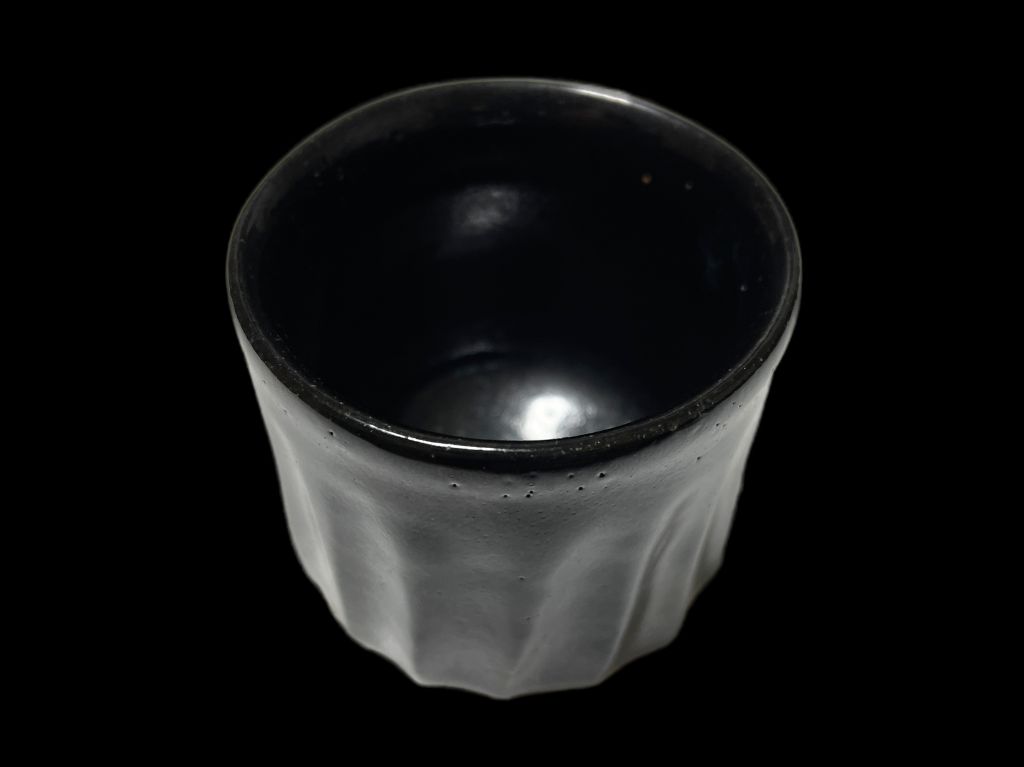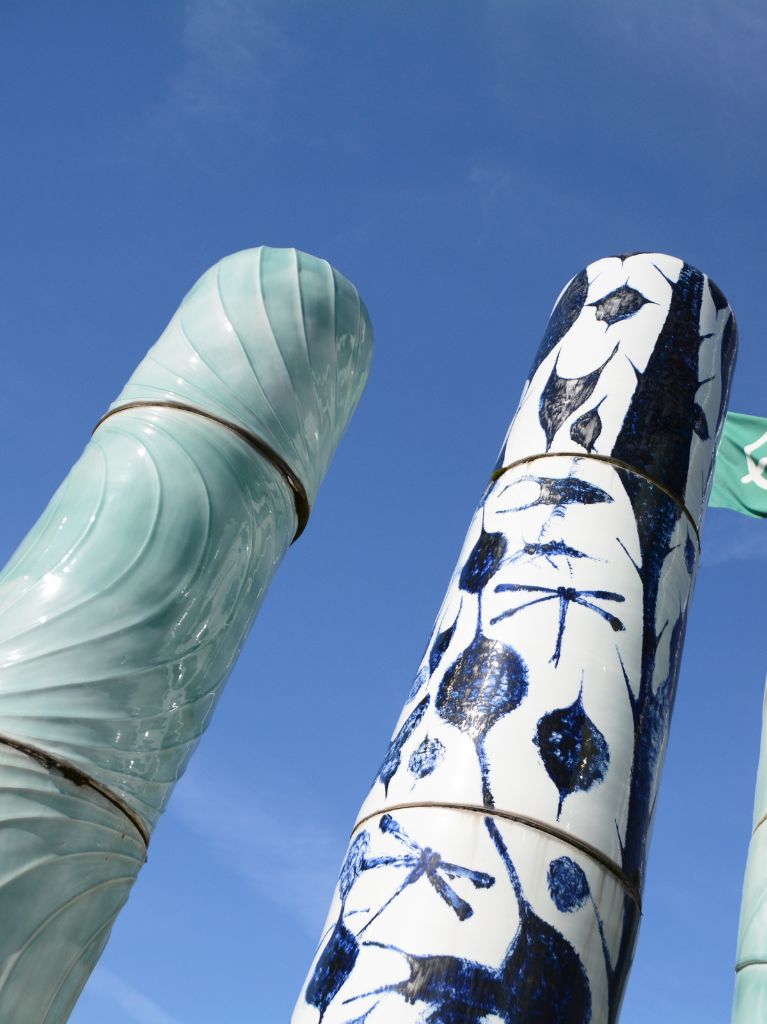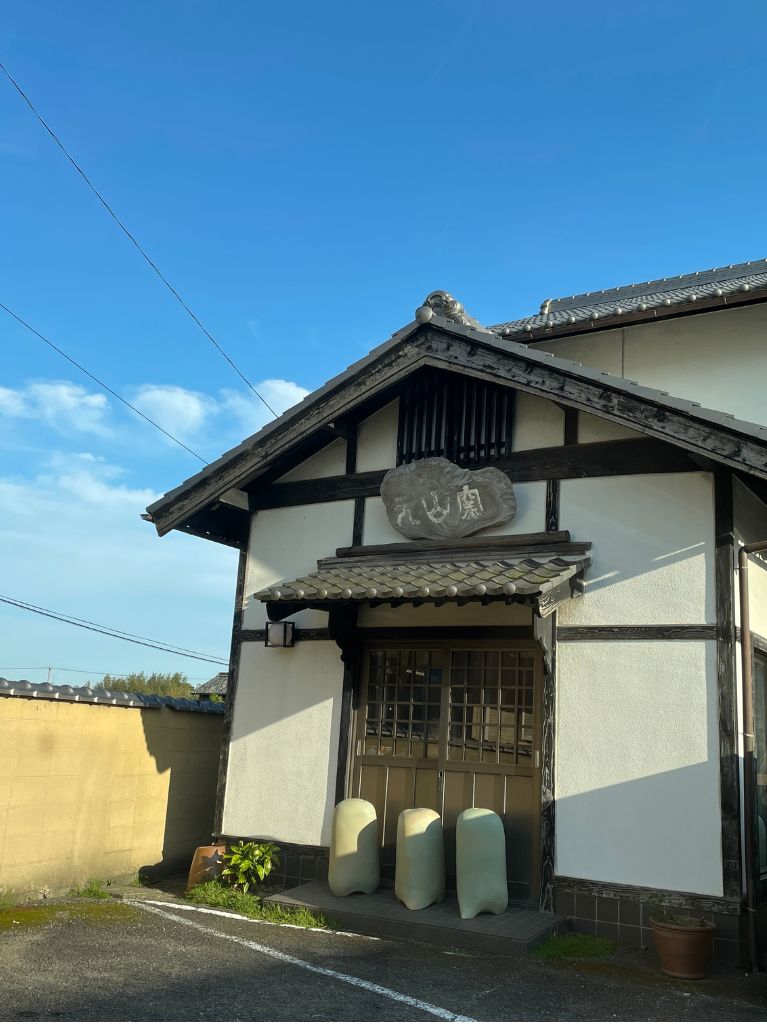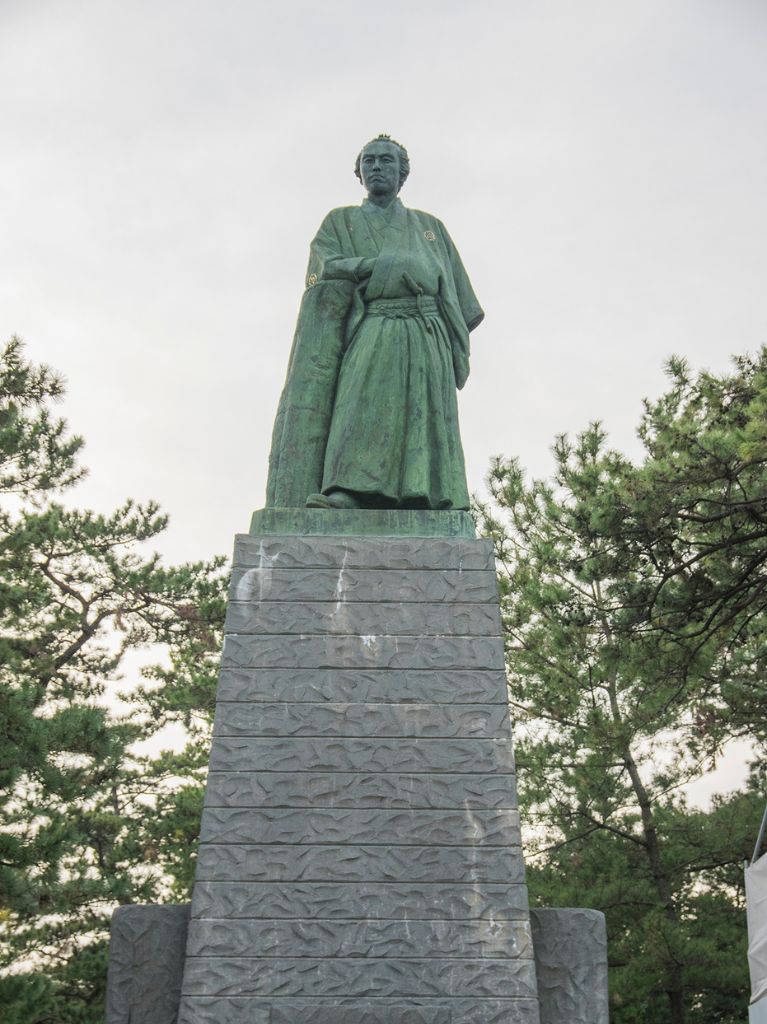SHIKOKU
TOBE YAKI
TOBE YAKI is a traditional Japanese pottery produced in Tobe-cho, Iyo-gun, Ehime Prefecture. Its history dates back to the mid-Edo period (An’ei), when it was discovered that whetstones called “Iyoto” quarried from Mt. Toseki could be used to produce porcelain.
Traditional TOBE YAKI is famous for its white porcelain with blue patterns on white porcelain. Modern TOBE YAKI is produced by young potters, and innovative pottery such as matte pottery and pottery with modern patterns is being produced.
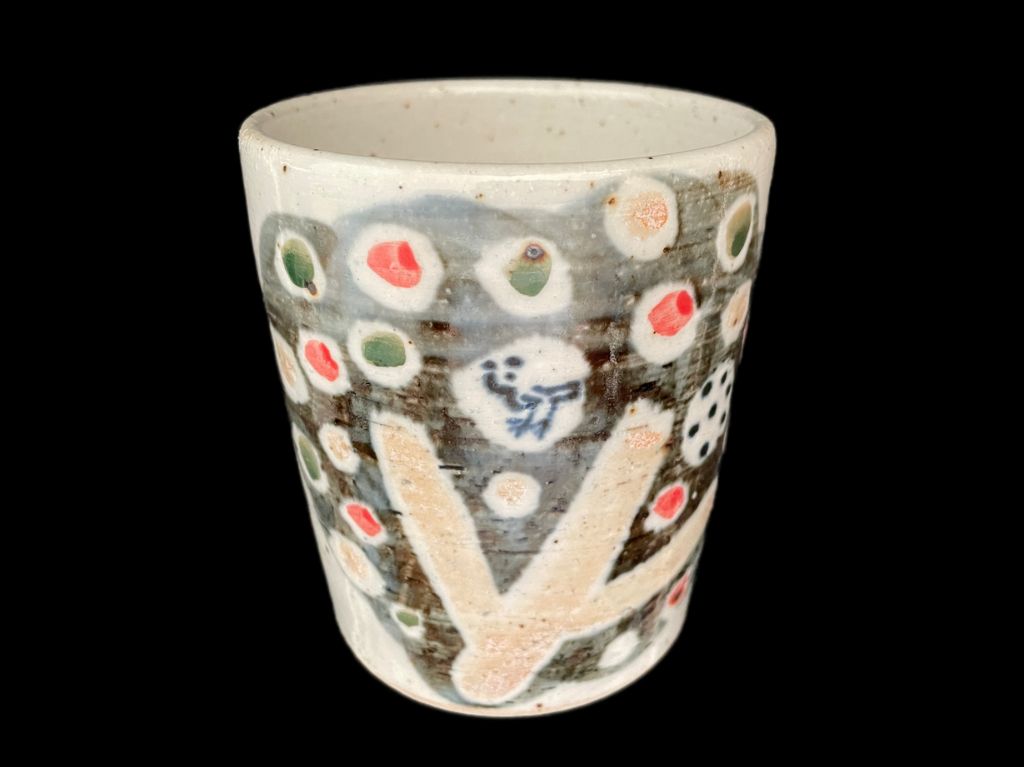
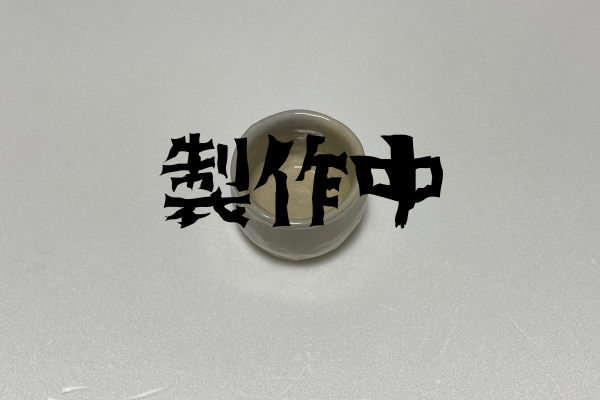
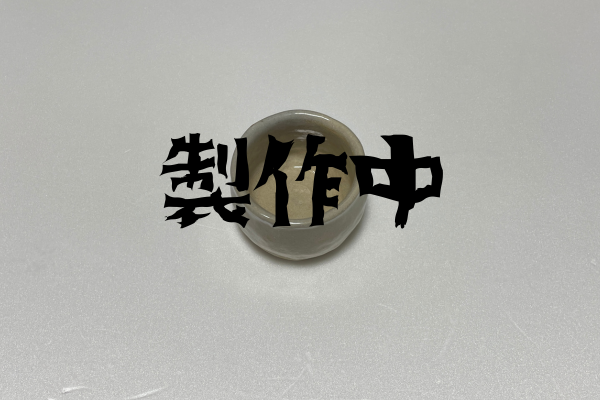
OTANI YAKI
OTANI YAKI is a traditional Japanese pottery produced in Taima-cho, Naruto City, Tokushima Prefecture. Its history is said to date back to the late Edo period, when a potter from Oita Prefecture, Bun’emon, visited Otani Village and fired it with red clay.
Traditional OTANI YAKI is pottery with a stately color, made on a potter’s wheel and fired in an anagama kiln using a glaze made from local red clay and local materials. Modern OTANI YAKI also includes pieces fired in gas kilns using various colorful glazes, such as Shino glaze.
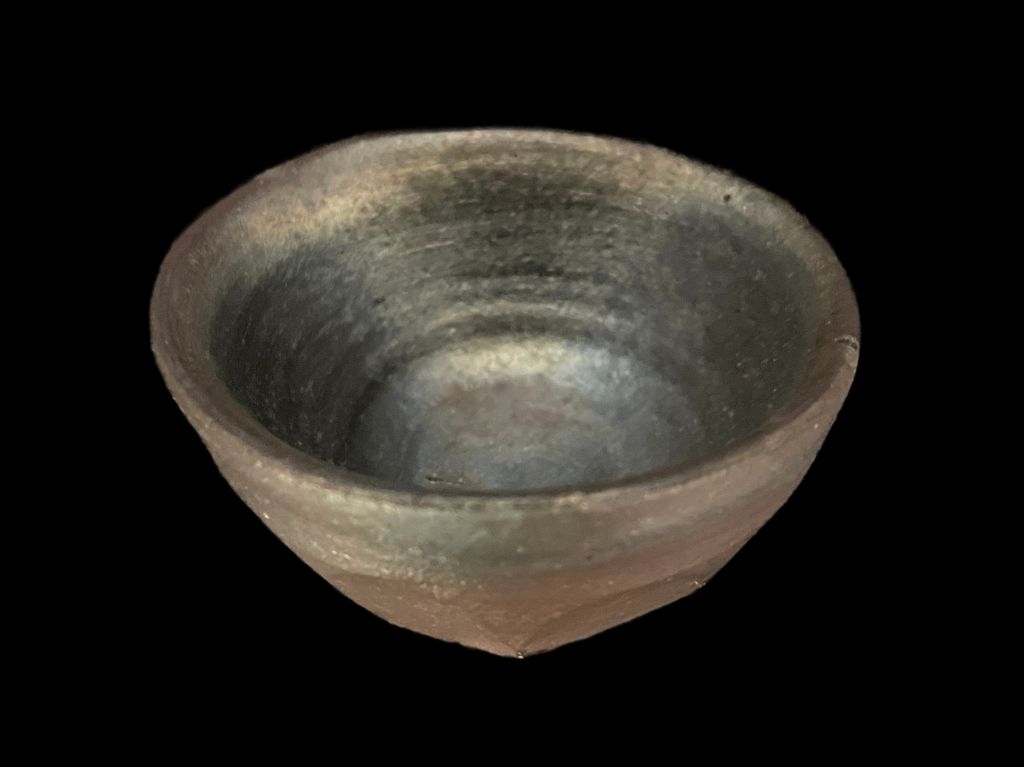
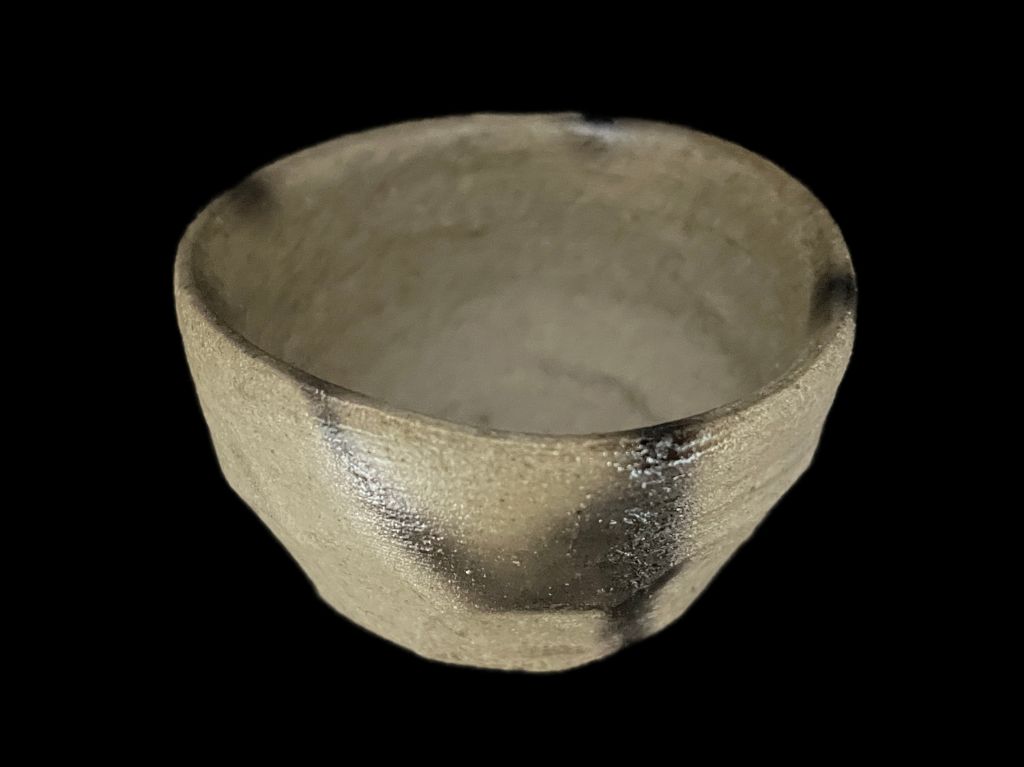
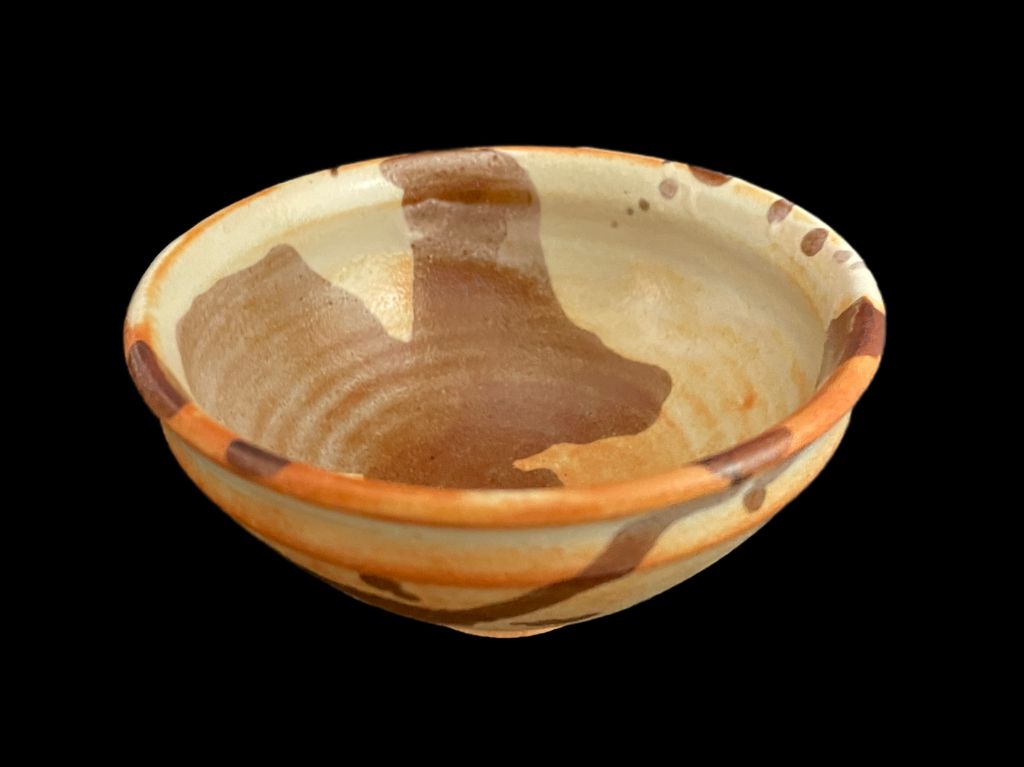
SHIKOKU (Others)
Originally, Shikoku area was not blessed with much good clay compared to Kinki (Shigaraki, etc.) or Tokai (Seto, etc.) areas, and because it is geographically far from the Korean Peninsula, it could be said that pottery-making techniques were transmitted to the area slower than to Kyushu (Karatsu, etc.). For this reason, it cannot be said that there were traditionally that many kilns.
On the other hand, in recent years, a new culture has been raised that allows for freedom in pottery making, and innovative ceramics are being produced every day.
